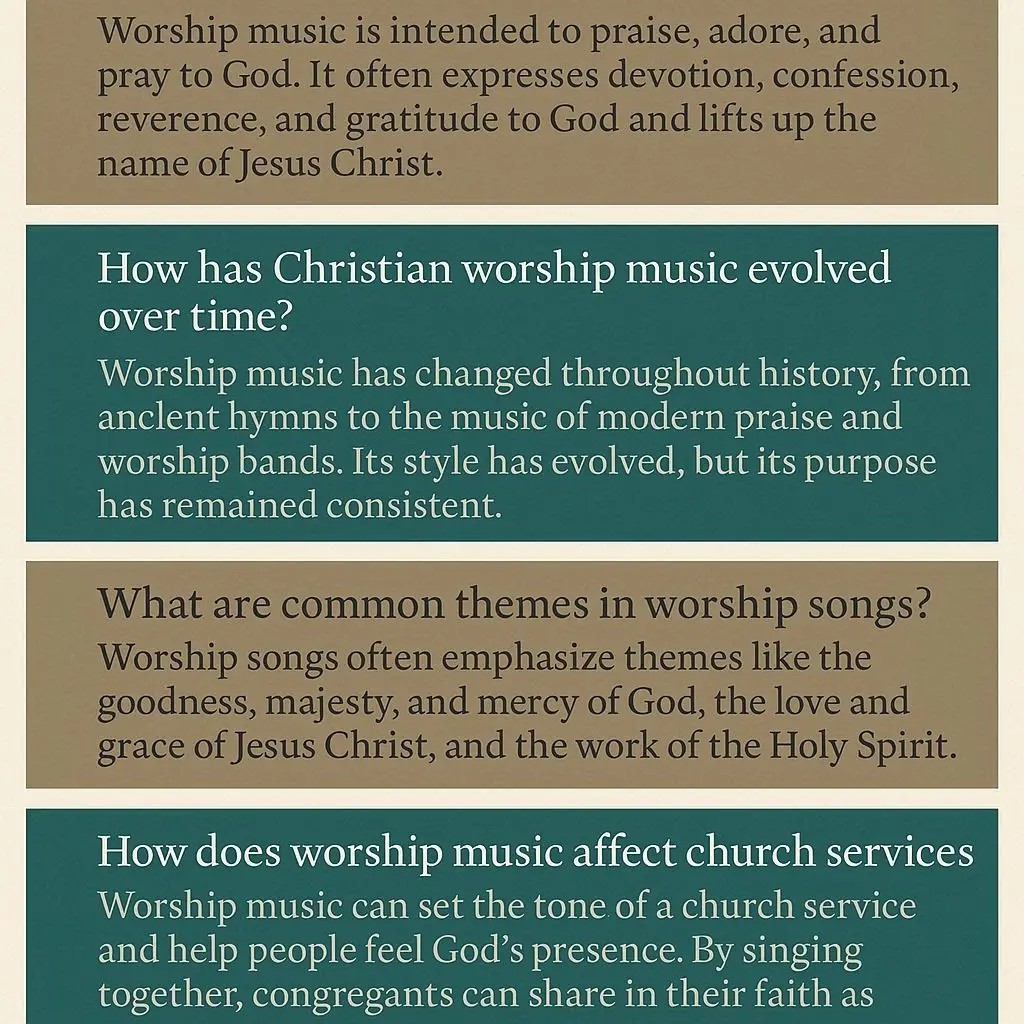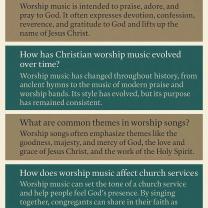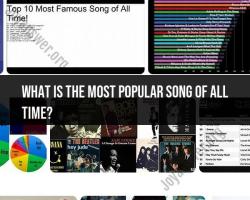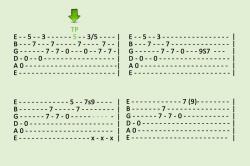What is Christian worship music?
Christian worship music is a genre of music created to express praise, adoration, and devotion to God, often used in Christian gatherings and personal spiritual practice. Its primary purpose is to help believers focus on God, reflect on biblical truths, and foster a sense of reverence and connection in worship.
Key Characteristics
God-Centered Lyrics: Songs focus on praising God, recounting His works, or expressing commitment and faith.
Biblical Inspiration: Often draw themes, imagery, and language from Scripture.
Congregational Use: Many are designed for groups to sing together during church services.
Emotional & Spiritual Engagement: Intended to inspire reflection, gratitude, and spiritual intimacy.
Main Types of Christian Worship Music
Traditional Hymns
Structured, poetic songs often found in hymnals.
Example: Amazing Grace.
Contemporary Worship Music (CWM)
Modern style, often similar to pop or rock, but with Christian themes.
Example: Songs by Hillsong Worship, Chris Tomlin, Elevation Worship.
Gospel Music
Rooted in African American church traditions; soulful and often call-and-response.
Liturgical Music
Used in structured church traditions (Catholic, Orthodox, Anglican) as part of formal worship liturgy.
Praise & Worship Sets
Sequences of songs used in charismatic or evangelical services to create a flow of worship.
Purposes of Christian Worship Music
Praise & Adoration: Glorifying God for who He is.
Thanksgiving: Expressing gratitude for blessings and salvation.
Confession & Reflection: Leading to repentance and spiritual renewal.
Teaching & Remembrance: Helping believers remember and internalize Scripture.
Community Building: Creating unity among worshipers.
In short:
Christian worship music is more than entertainment—it’s a tool for spiritual connection, teaching, and collective expression of faith, shaped by tradition, Scripture, and cultural style.
Here’s a timeline of the evolution of Christian worship music — from the early church to the modern worship scene.
1st–4th Century – Early Church Worship
Style: Simple, unaccompanied singing (a cappella).
Influence: Rooted in Jewish synagogue psalm singing and chants.
Example: Psalms and hymns like the Phos Hilaron (“O Gladsome Light”).
Purpose: Scripture-based praise, communal unity, and prayer.
4th–9th Century – Gregorian & Plainchant
Event: Christianity legalized (Edict of Milan, 313 AD) → Church structures and liturgy formalized.
Style: Gregorian chant developed—monophonic, meditative, sung in Latin.
Notable Figure: Pope Gregory I (credited, though historically debated, with organizing chants).
Purpose: Structured worship in monasteries and cathedrals.
10th–15th Century – Medieval Polyphony
Style: Polyphonic music (multiple vocal lines) introduced.
Instruments: Limited use in church; mostly organ.
Example: Missa Papae Marcelli by Palestrina (late Renaissance).
Purpose: Enhance beauty and complexity of worship.
16th Century – Reformation & Congregational Singing
Protestant Reformation: Martin Luther promotes singing by the whole congregation.
Style: Hymns in the vernacular (local languages), not just Latin.
Example: A Mighty Fortress Is Our God (Luther).
Calvinists: Preferred simple psalm singing without instruments.
17th–18th Century – Hymnody Flourishes
Figures: Isaac Watts (“When I Survey the Wondrous Cross”), Charles Wesley (“Hark! The Herald Angels Sing”).
Style: Poetic, doctrinal hymns set to memorable melodies.
Purpose: Teach theology and encourage personal devotion.
19th Century – Revival & Gospel Music
Event: Great Awakenings and revival meetings in the U.S. and UK.
Style: Gospel hymns, camp meeting songs, and call-and-response formats.
Figures: Fanny Crosby (“Blessed Assurance”), Ira Sankey.
Purpose: Evangelism and heartfelt, emotional worship.
20th Century (Early–Mid) – Diverse Church Music
Style: Traditional hymns remain, but choir anthems and organ music grow.
Innovation: Black gospel music develops in African American churches (Thomas A. Dorsey).
Purpose: Blend of formal liturgy and emotional praise.
1960s–1980s – Contemporary Christian Music (CCM)
Event: “Jesus Movement” in the U.S. brings pop, folk, and rock into worship.
Figures: Larry Norman, Keith Green, Maranatha! Music.
Style: Guitar-driven, relatable lyrics, less formal.
Purpose: Reach younger generations.
1990s–2000s – Praise & Worship Bands
Leaders: Hillsong, Chris Tomlin, Delirious?, Michael W. Smith.
Style: Modern pop/rock sound, repetitive choruses, projection screens instead of hymnals.
Purpose: Create immersive, emotionally engaging worship experiences.
2010s–2025 – Global Worship & Multimedia
Trends:
Worship collectives (Bethel Music, Elevation Worship, Maverick City Music).
Streaming and YouTube make songs globally accessible.
Lyrics projected with background visuals, LED walls, and lighting.
Multilingual worship and cross-cultural styles.
Purpose: Unite believers globally, integrate technology, and encourage both personal and corporate worship.
What Defines Christian Worship Music?
Christian worship music is defined by its primary purpose: to praise and honor God. It is characterized by lyrical content that focuses on theological themes, such as God's nature, His redemptive work through Jesus Christ, and the believer's relationship with Him.
How Has Christian Worship Music Evolved Over Time?
Christian worship music has evolved significantly over centuries, reflecting cultural shifts and theological developments. The earliest forms were based on ancient Jewish traditions, such as the singing of Psalms. In the Middle Ages, Gregorian chants and hymns became prominent in monastic and cathedral settings. The Protestant Reformation brought a major change, with figures like Martin Luther emphasizing congregational singing in the vernacular language, making worship more accessible.
In the 18th and 19th centuries, hymnody flourished with writers like Charles Wesley and Fanny Crosby. The 20th century saw the rise of gospel music and spirituals, particularly in African American communities. The late 20th century marked a pivotal shift with the emergence of Contemporary Christian Music (CCM), which incorporated popular music styles like rock and pop. This modern era has led to the development of what is now known as contemporary worship music, often led by a band with guitars, drums, and keyboards, and is common in many denominations today.
What Are Common Themes in Worship Songs?
Worship songs often center on a set of core theological themes that are fundamental to Christian belief.
Praise and Adoration: Songs that express reverence for God's power, majesty, and holiness.
The Gospel and Redemption: Lyrical content that tells the story of Jesus' life, death, and resurrection, and the salvation it offers.
Gratitude and Thanksgiving: Songs that thank God for His blessings, grace, and faithfulness.
Confession and Repentance: Music that allows individuals to reflect on their shortcomings and seek God's forgiveness.
Personal Relationship with God: Songs that speak to the personal, intimate connection between a believer and God, often using metaphors of love and devotion.
How Does Worship Music Affect Church Services?
Worship music plays a vital role in shaping the atmosphere and flow of church services. It serves as a tool for preparing the hearts of the congregation for the sermon and communion. By engaging the congregation in communal singing, it fosters a sense of unity and shared purpose. The music can also be a form of prayer, helping people to express emotions and spiritual truths that might be difficult to put into words. It sets a tone for the service, whether it's a solemn and reflective mood or a joyful and celebratory one, and is often used to transition between different parts of the service, from a call to worship to a final benediction.
What Are Popular Styles of Christian Worship Music?
The landscape of Christian worship music is diverse, with several popular styles coexisting today.
Traditional Hymns: These are classic songs from various centuries, often featuring rich theological lyrics and a more formal, structured musical style. They are commonly sung with an organ or piano.
Gospel Music: This style is characterized by its powerful vocals, call-and-response format, and an energetic, expressive feel, often rooted in African American church traditions.
Contemporary Worship Music (CWM): This is the most prevalent modern style. It borrows from pop, rock, and folk genres, using modern instrumentation and often featuring a catchy melody and repeated choruses. Worship leaders and artists like Chris Tomlin, Hillsong United, and Elevation Worship are examples of this style.
Praise and Worship: This term can be used interchangeably with CWM but often refers to a broader category of songs that are easy to learn and focused on direct praise, meant for communal singing.
Acoustic/Folk Worship: This style is often stripped-down and intimate, using acoustic guitars and simple arrangements to create a more reflective and personal worship experience.












